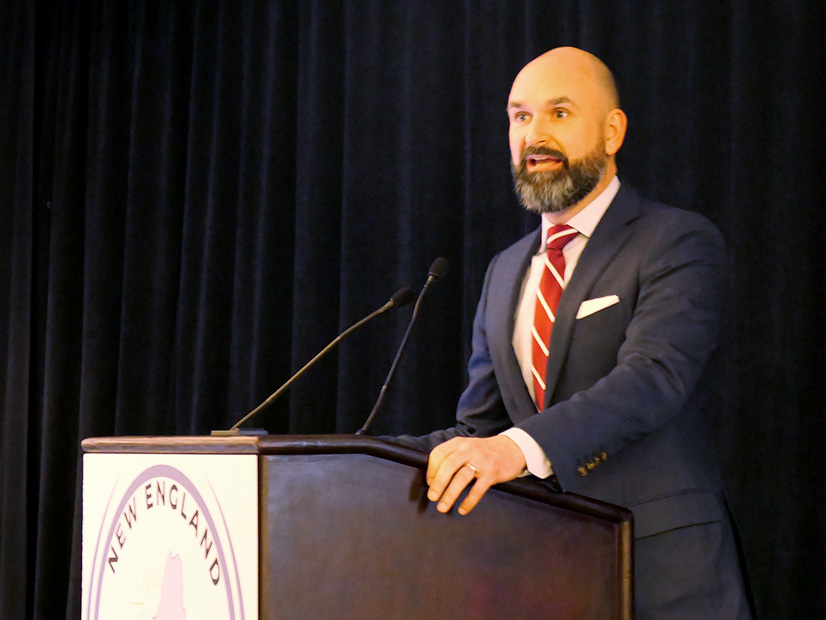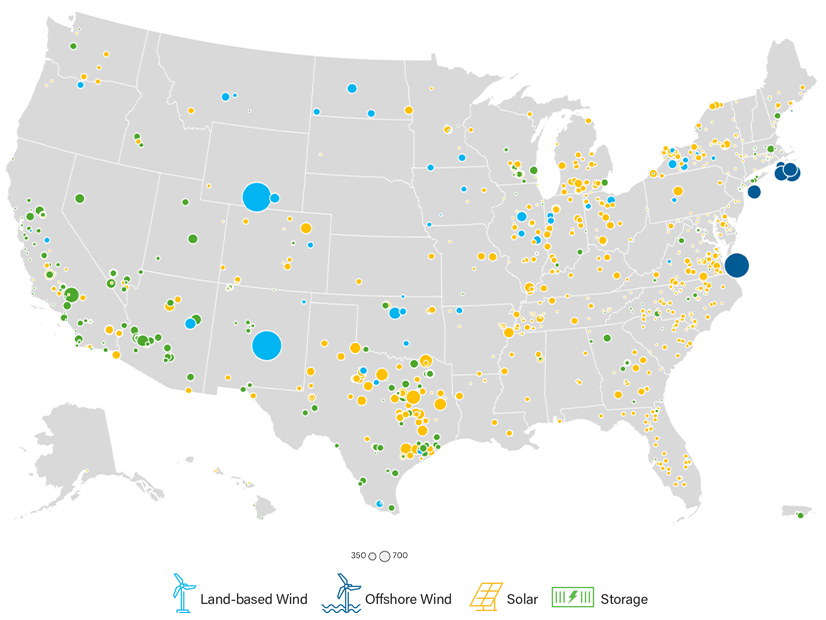The Colorado Public Utilities Commission granted a one-year extension to Unit 2 of the coal-fired Comanche power plant as uncertainty lingers about the fate of outage-plagued Unit 3.
The commission approved the extension Dec. 3. Comanche Unit 2 now is scheduled to retire by Dec. 31, 2026, rather than at the end of 2025. The 335-MW Unit 2 began operating in 1975.
The commission’s decision was in response to a petition filed Nov. 10 by Xcel Energy subsidiary Public Service Company of Colorado (PSCo), which is the coal plant’s primary owner and operator. PSCo was joined in the petition by the Colorado Energy Office, the state Office of the Utility Consumer Advocate and PUC trial staff. (See Xcel Seeks Extension for Comanche Coal Plant from Colorado Regulators.)
The petitioners argued the extension was needed because of the unexpected outage of the 750-MW Unit 3, which began Aug. 12 and is expected to last until at least June 2026.
Other factors contribute to the need to keep Unit 2 open, the petitioners said. Those include growth in the peak demand forecast in PSCo territory and the delay of generation and storage projects because of supply chain and tariff issues.
The PUC emphasized the Unit 3 outage was the sole reason for granting the extension.
“Clearly we wouldn’t be making this decision if not for the unreliable operation of Unit 3,” Commissioner Tom Plant said.
Comanche Unit 3, which went online in 2010, has a history of unplanned outages. From mid-2010 through 2020, the unit averaged 91.5 outage days a year, according to a March 2021 report from the PUC. A 2020 outage lasted much of that year and extended into 2021.
For two years starting in August 2023, the plant has been shut down unexpectedly for part or all of 138 days, according to Western Resource Advocates (WRA).
Unit 3 is slated for retirement by Jan. 1, 2031, as Xcel plans to exit from coal by 2030. Unit 1 retired in 2022.
Commissioner Megan Gilman expressed concern that PSCo might be presuming that fixing Unit 3 is the best path forward. In addition to unknown costs to repair Unit 3, the costs to extend the life of Unit 2 aren’t yet known, she said.
“We are in the dark about what any of this costs,” Gilman said. “We are just in a real reliability pickle because once again Unit 3 has broken in a catastrophic way. And it just so happens that we’re already somewhat tight on resources, so now it has really created a significant problem.”
The commission’s decision requires PSCo to report to the commission by March 1 on the status of Unit 3. A more detailed report is due by June 1.
Commission Chair Eric Blank said he wants monthly reports from PSCo on costs to fix Unit 3.
“I’m not interested in seeing very large capital expenditures on an after-the-fact prudency review fight,” Blank said. “I’d like at least visibility into what’s going on ahead of time.”
Commissioners noted there would be no presumption of prudence from the monthly reports.
The commission also placed a cap of 3,942,000 MWh on combined generation from Units 2 and 3 in 2026 — a status quo limit that was requested by WRA and other environmental groups.

